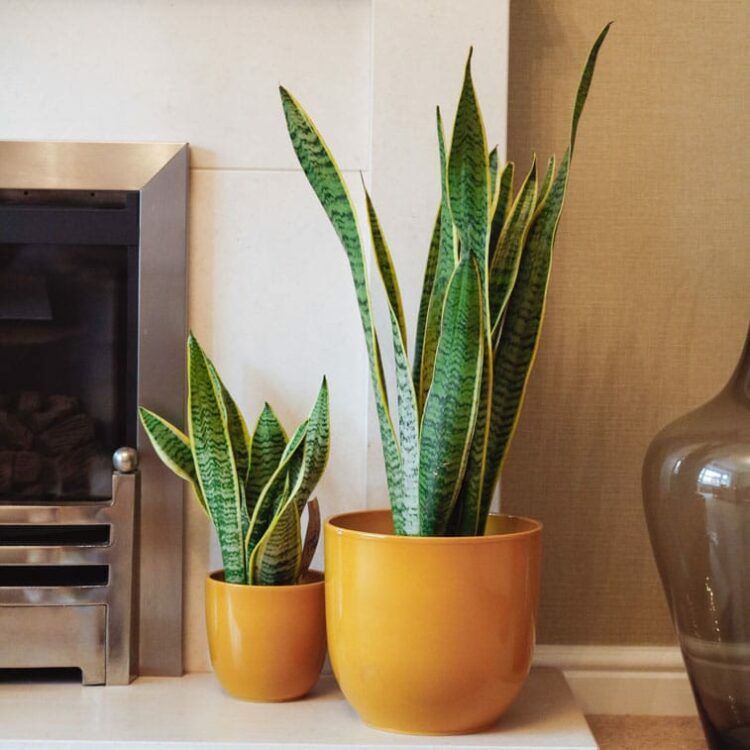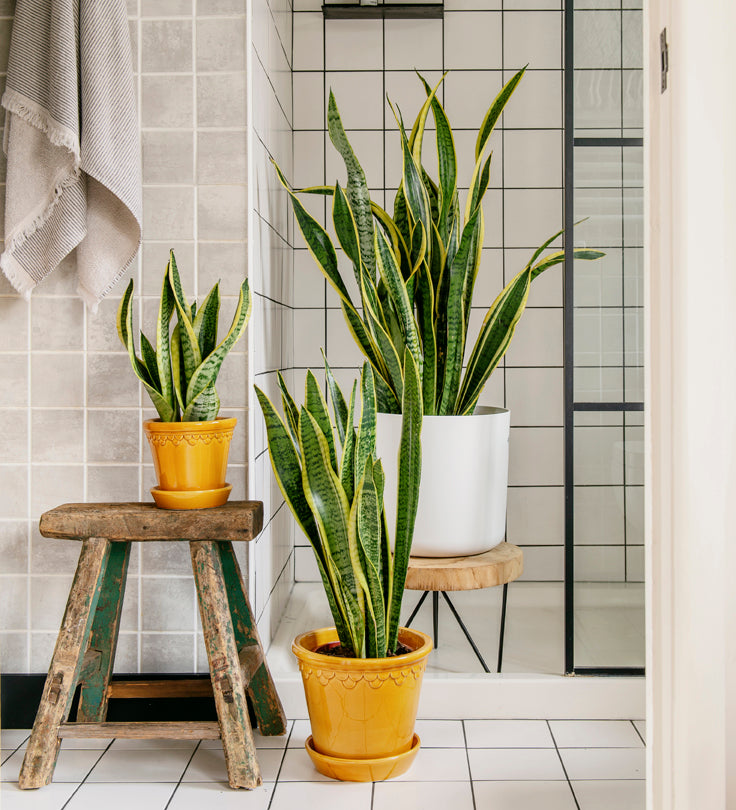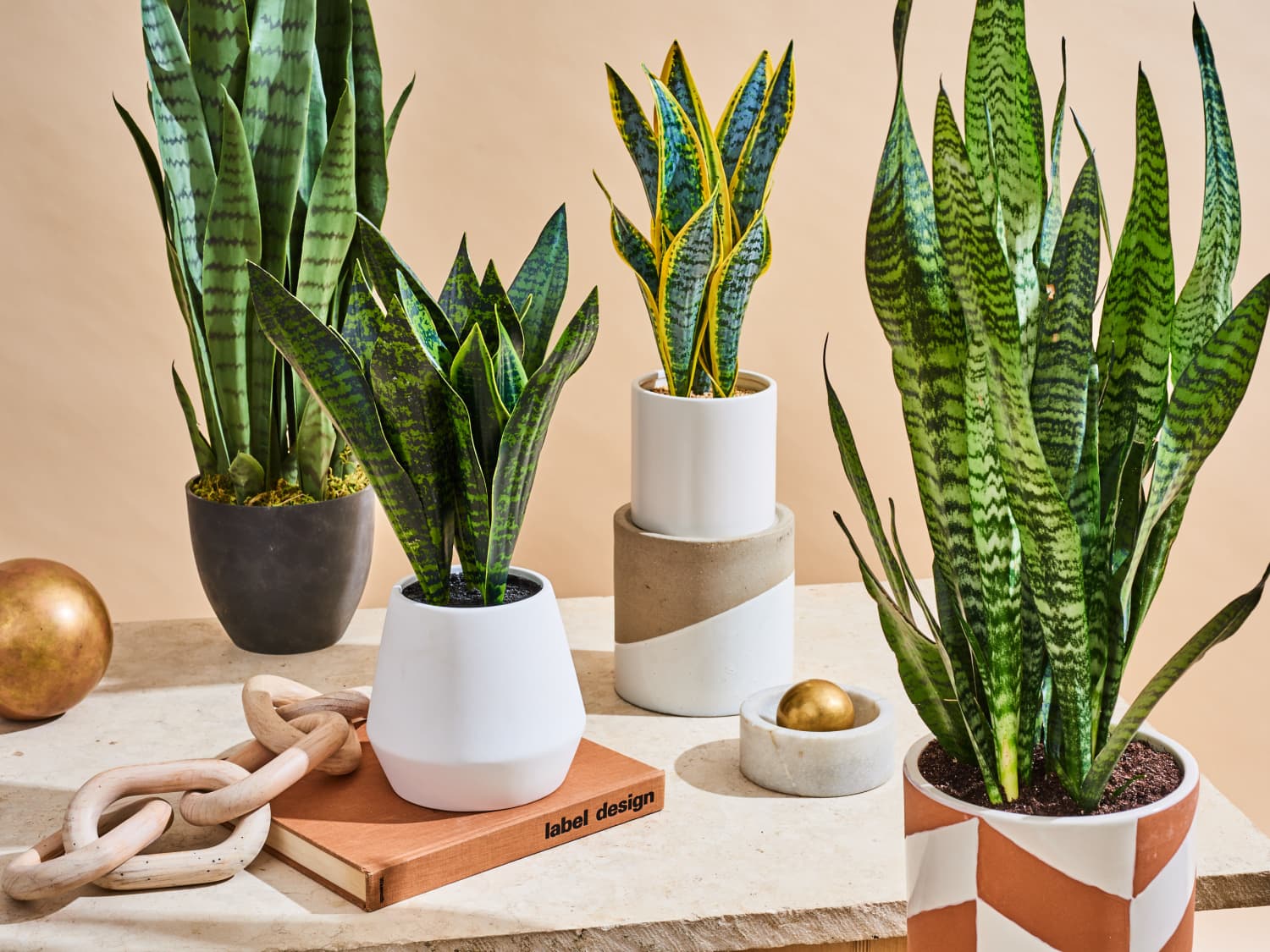Snake plants provide a variety of uses and benefits and are valued for their ease of care and ability to be placed in many different areas of the home. The scientific name for this plant is Sansevieria trifasciata, but they are also commonly called mother-in-law’s tongue. No matter what you call them, these plants have a distinct and sharp look that can keep your home modern and unique. However, there are issues with using this plant in the practice of Feng Shui which we will go over so you know where to place snake plants in this helpful guide.
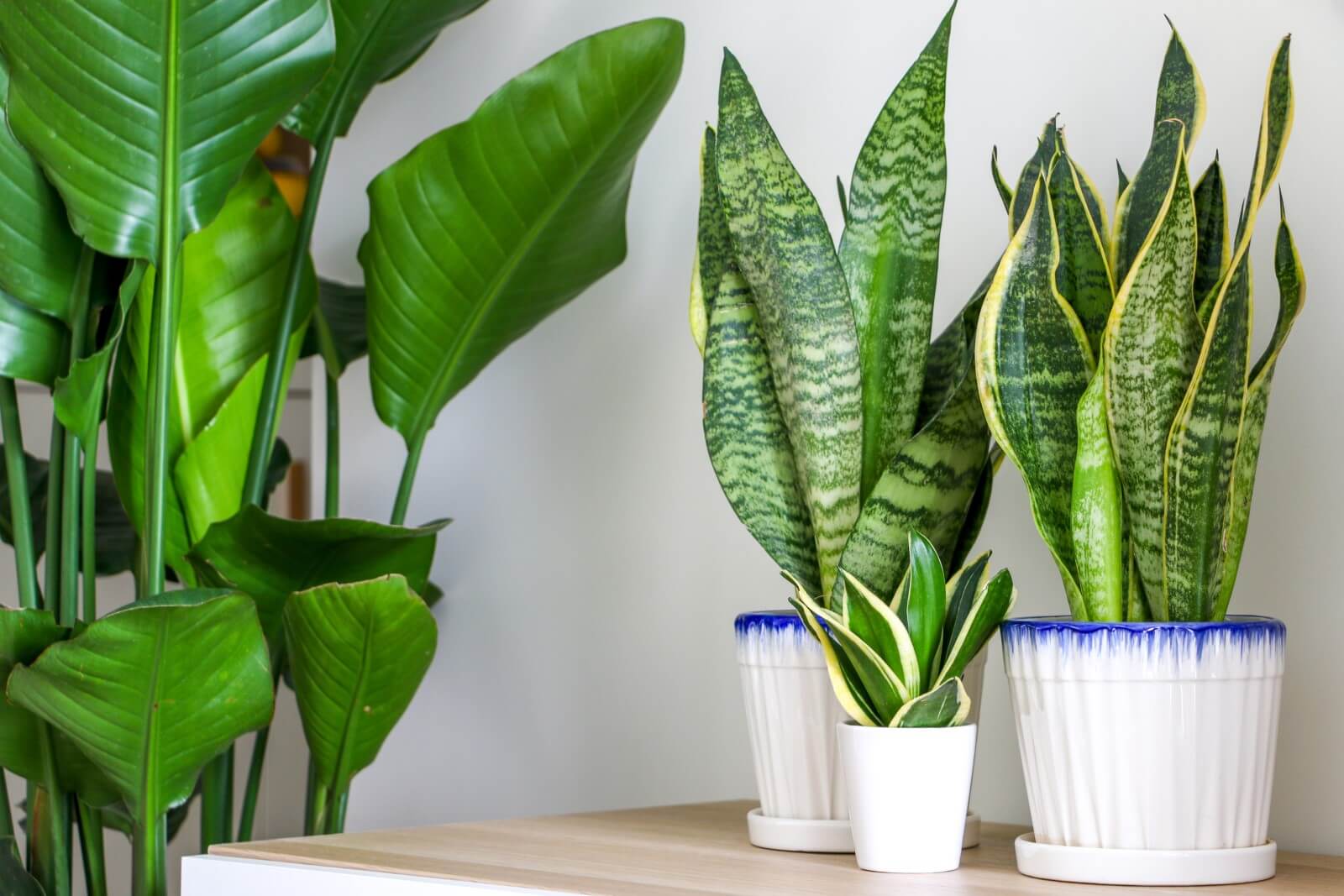
Where to place snake plants in the home – the essentials
According to Feng Shui, snake plants can generate a lot of energy in a living space, so they are best placed in the east or southeast of the home or office for maximum benefit. Snake plants are also tolerant of varying light conditions so they can thrive in a number of locations.
About snake plants

There are over 70 different plants, commonly called Snake Tongue or Snake plant, but Sansevieria trifasciata is the one most commonly grown as a houseplant. Other popular snake plant varieties include the rounded Spear Snake plant or Sansevieria cylindrica. They are part of the Asparagaceae family and are distantly related to asparagus and many other plants.
This houseplant is native to the subtropical parts of Asia and Africa. Although it does not need the high temperatures and humidity of many other popular houseplants, it prefers to stay in stable conditions regardless of the specific temperature range.
Also, snake plants often grow in dark areas with little rain exposure in the wild, so they can generally handle minimal watering and not a lot of light. It also does well with higher light levels and high humidity, as long as it is not watered too often. The snake plant is a type of succulent which means it can store the water it needs internally rather than constantly watering.
Snake plants and Feng Shui

Snake plants are generally assigned symbolism based on the stiff, tall and lance-shaped leaves that they form.
In Chinese culture, the snake plant is believed to encourage qi levels and provide a strong energy boost. This can be a positive in many ways, but it’s also a problem in areas of the home where you might not want a lot of energy, like the bedroom and other relaxing areas. This is where the practice of Feng Shui comes in.
Feng Shui basics assign all living plants as the snake plant to the element of wood. Wood is stable, expansive, part of your career and plays a big role in your family structure. Snake plants can stimulate all of these things when placed in the right part of the home.
However, placing the snake plant in the wrong part of the home can lead to conflict, lack of relaxation or dispersion of your energy.
Snake plants are also unique in that they can be placed in areas of the home where Feng Shui principles generally do not recommend the use of a live plant. Their strong shape and sharp appearance help them provide a strong stream of energy when used at the entrance to the home and other areas with high foot traffic.
Where to place snake plants in the home according to Feng Shui

Feng Shui is used to lay out all kinds of structures, from entire city blocks to the rooms of a home, based on the four directions of the compass. An energy map known as the Bagua is aligned with the north direction of the home.
Each sector of the home aligned with a direction has a different purpose and focus. Arranging which parts of the home are used for certain purposes and then decorating them properly based on the Bagua’s recommendations can result in a smoother flow of energy through it.
Snake plants are best used in those areas of the home associated with the wood element, especially because of their strong vertical orientation. Placing a snake plant in the southeast part of the home helps activate the Xun region, which is believed to govern your abundance and wealth. It’s a great place to boost energy quickly with this plant’s sharp shape.
If you are trying to start a family, you may want to place it in the East or Zhen region of the home. However, this can cause discord in established families as the plant’s pointed shape can lead to arguments.
Most Feng Shui practices require living plants to be kept away from the entrances and exits of the home because it is believed that the energy they produce will flow out of the openings. Snake plants should still be kept away from all exit doors, but entryways can be a good place for them.
The strong energy that the upright growing habit provides can overcome the risk of loss and make a big statement to greet anyone who enters the home.
Practical concerns for placement of snake plants
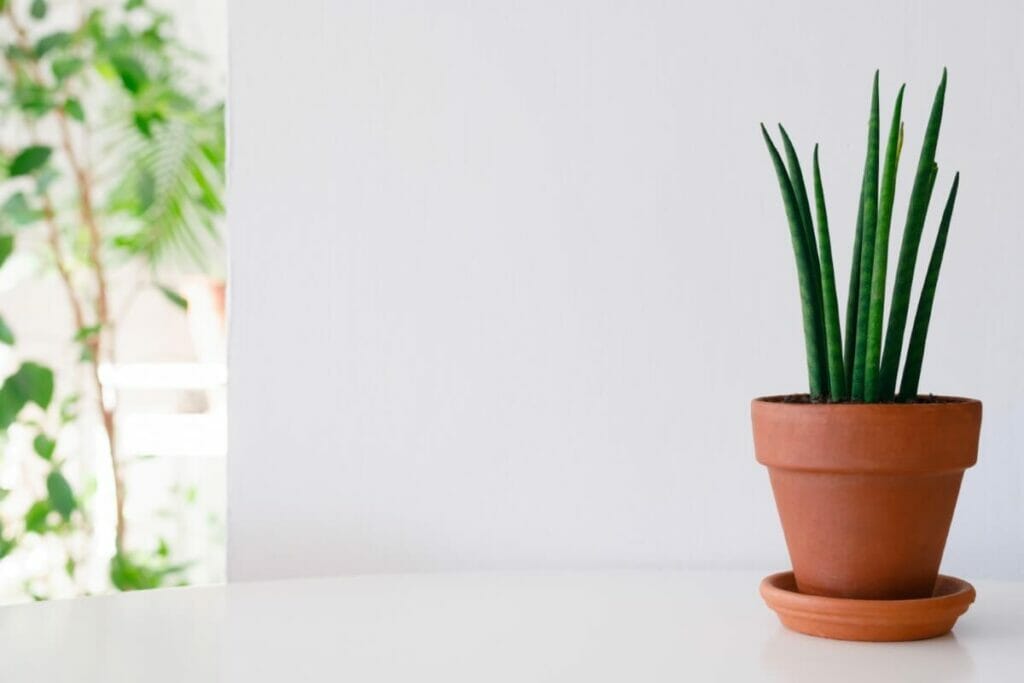
Snake plants are unusual among houseplants because they have relatively few concrete needs. They handle low and high humidity well, are happy in varying light conditions (just avoid bright, direct light) and only need fertilizing about once a year.
You are free to mainly place them according to style or energetic considerations like Feng Shui, as long as you use a well-draining soil mix and don’t completely forget to water them.
Consider it a type of cacti, although it is more closely related to many other decorative succulents.
Where not to place snake plants in the home
Feng Shui principles warn against placing living plants in the bedroom of the home because they can stimulate too much energy and make it difficult to rest.
This is especially true for a plant that inspires discipline and focus because of its height and shape, like the Snake plant. Beware of placing the Snake plant too close to most doors and windows both for energy issues and because the plant does not like drafts.
These plants don’t need high heat, so they may not like being placed in direct sun that can bake them or near a heater.
Where to place snake plants outdoors

Many varieties of snake plants can be grown outdoors in areas that do not freeze over the winter and rarely experience temperatures below 40 degrees F. They are a good addition to xeriscapes and desert landscapes because they prefer dry conditions to moist.
Watch out for direct sun that can bake them, especially in the afternoon. If you’re going to place an indoor snake plant outdoors for the summer, try a patio or porch where there’s something to block the afternoon sun.
Keeping them away from strong winds is also recommended to avoid snapping, especially on larger plants that are several feet tall.
Important snake plant care

Snake plants are forgiving and don’t mind low light to bright light conditions. They are happy with most humidity levels but prefer to stay away from high heat above 75 degrees F.
Keep snake plants above 40 degrees F to prevent yellowing leaves, drooping or leaf loss, and water the snake plant sparingly, only watering when the top two to three inches of soil has dried out.
Be sure to use a well-draining soil mix designed for cacti to ensure there is no risk of root rot, especially if the plant is kept in a darker environment where evaporation will be slower. You will need to repot a snake plant every two to three years, usually when it has outgrown its current container. Snake plants can grow up to 12 inches per year under optimal conditions (which also helps keep common pests and diseases at bay).
This plant is forgiving and will usually wilt if conditions are poor to indicate it needs a change. Watch out for overwatering and a total lack of light, two of the most common mistakes made in snake plant care.
Snake plants are also relatively easy to propagate if you’re ever looking to expand your collection, and they can be pruned during the spring and summer months if they ever get out of hand.
Frequently asked questions about where to place snake plants:
According to Feng Shui, rooms in the east to southeast of the house will be best for snake plants. They are adaptable enough to make any room work according to their needs.
Snake plants don’t like a lot of direct light, so keep them at least two to three feet back from a window. Make sure that the afternoon light in particular does not bake the plant.
Corners are a good choice to keep the Snake plant out of drafts and to prevent overexposure to bright light.
A snake plant should be happy with relatively low light levels as long as there is at least a strong artificial light source or some sunlight.
Snake plants are not as sensitive to drafts as some plants, but they still don’t like them. Keep cold drafts away and watch out for heating elements or vents that can cause the soil to dry out quickly.
Where to Place Snake Plants – The Final Word
Snake plants don’t need much care, so they are easy to use in rooms where other houseplants may not thrive. Be sure to give them a light dusting every now and then, so the leaves don’t get dirty and struggle to absorb sunlight. Both small and large versions are available to suit all spaces.
If you’re looking for your next snake plant to add to your collection, see our in-depth guide to the best plant shops that supply snake plants across the country.
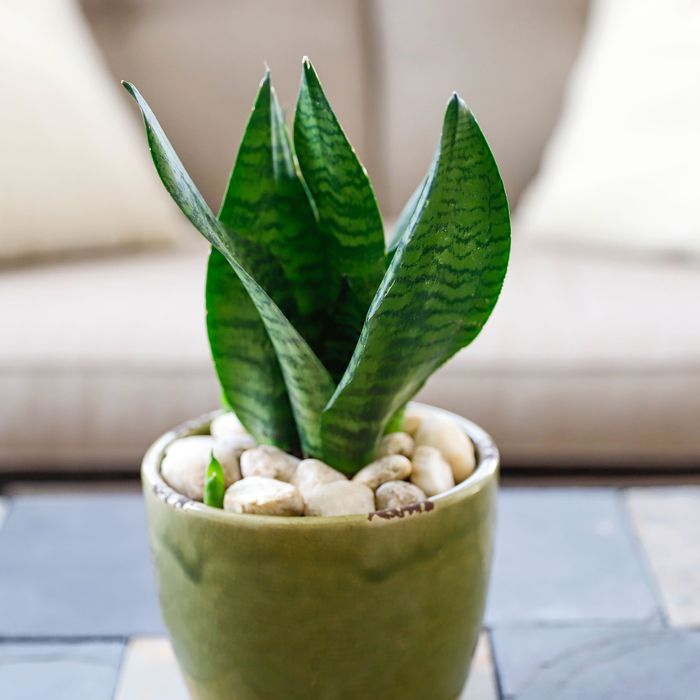

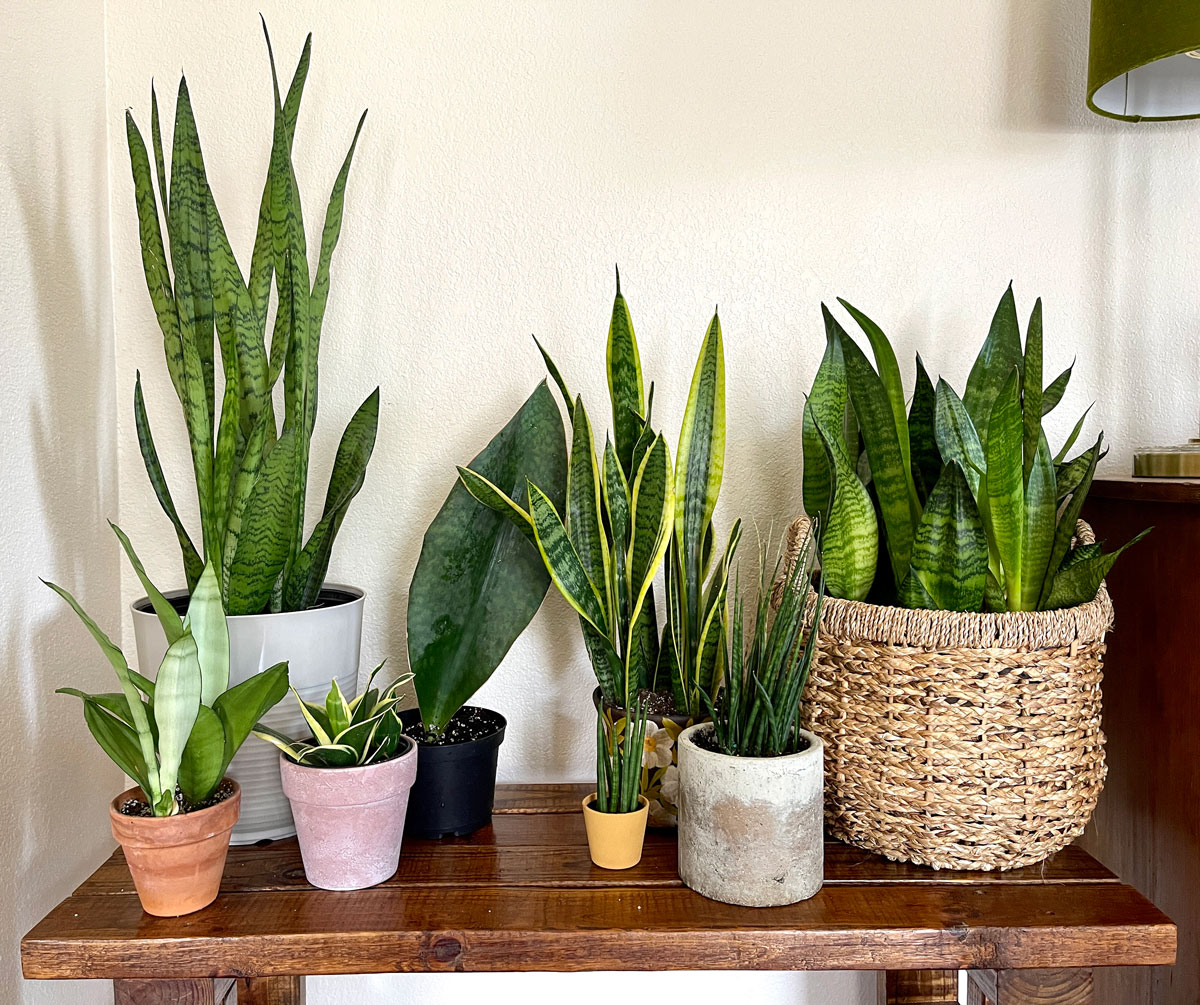
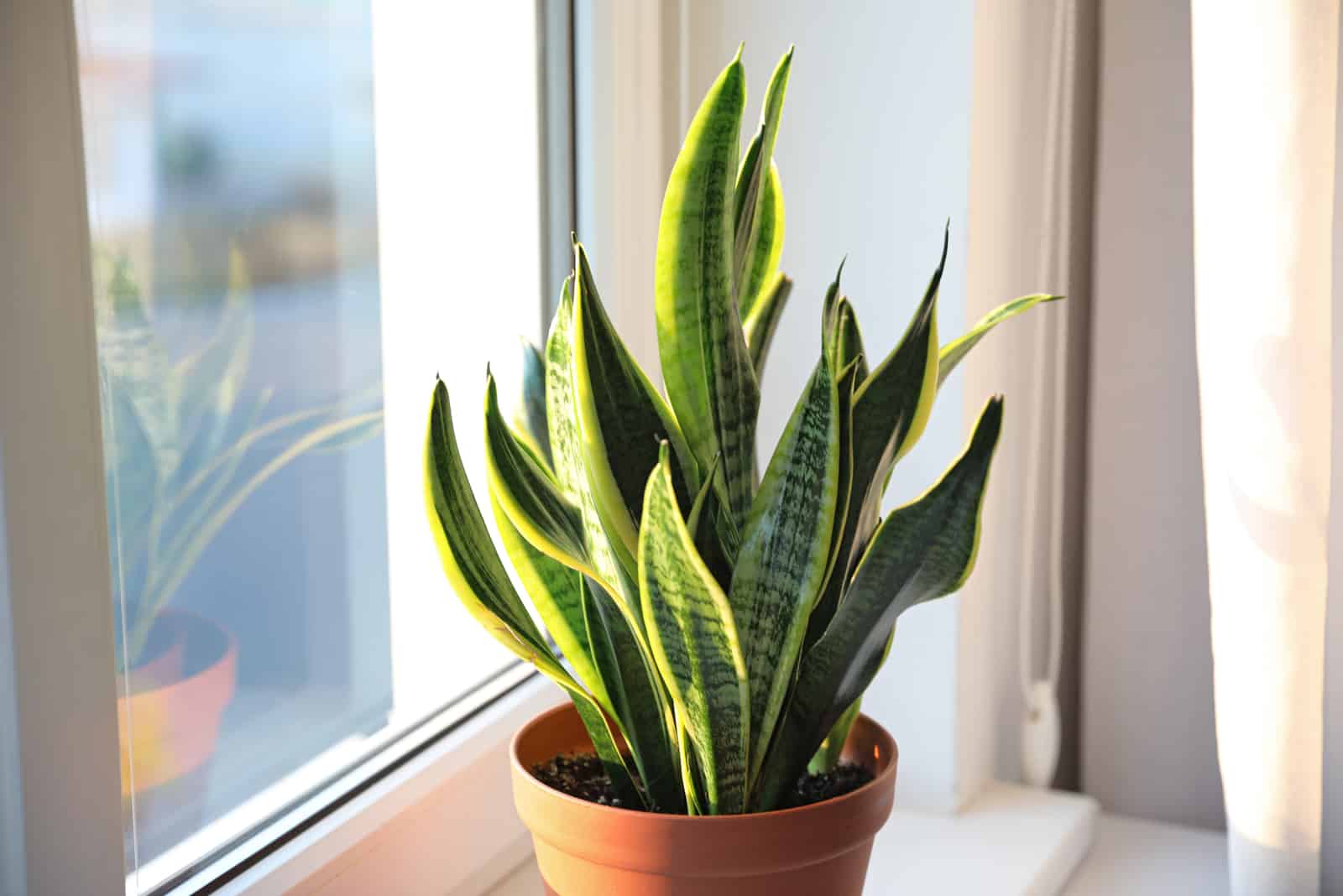
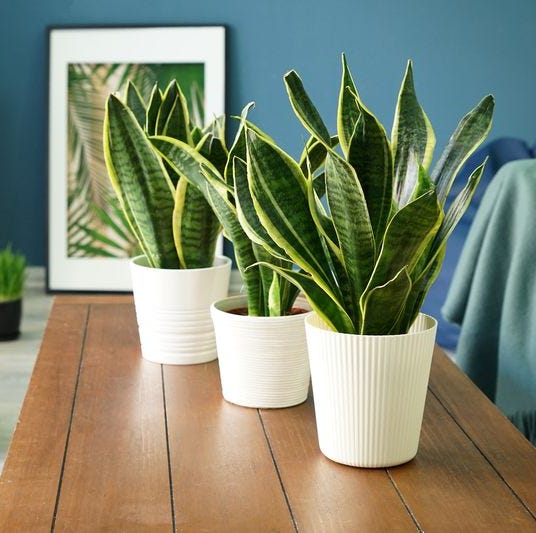
:max_bytes(150000):strip_icc()/eight-houseplants-that-thrive-in-low-light-8-0922-2000-39845777816b4f1f8a49b6ef758ef35e.jpg)
